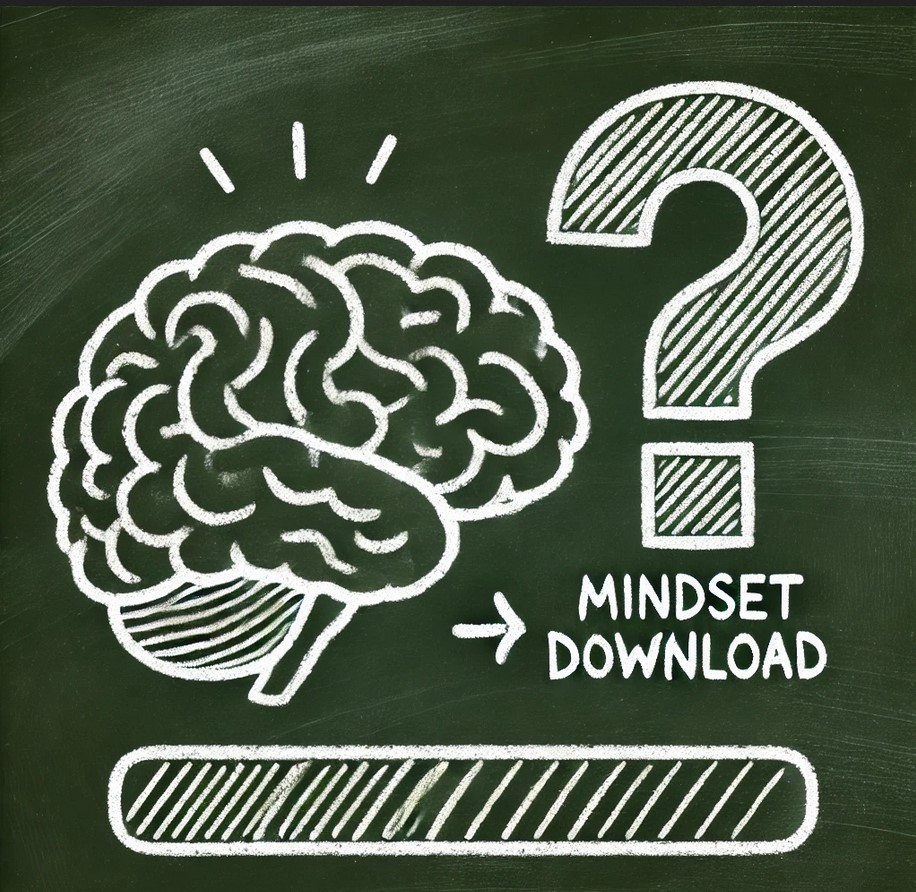Why well-intentioned communication sometimes has the opposite effect…
What makes change communication so challenging? As change managers, we are often asked to take on the communication in strategic projects. Employees should be sensitized to changes, understand and accept measures – and often a so-called “mindset shift” is desired. Deeply ingrained behavioral norms, attitudes and opinions should change through good communication. The “new” should be openly accepted and show measurable effects. The English term ‚mindset‘ encompasses many things: values, attitudes, motives, behavioral preferences and norms. To change this only with communicative measures without adapting the formative contextual conditions is often too much to ask of communication. And often communication then produces exactly the opposite.
This challenge is particularly evident in digitization projects – especially in the last few months with the introduction of AI tools. Poorly executed communication that does not take the circumstances into account often generates more resistance from those affected and achieves the opposite of the desired result. Why is that?
The key concept to understand this is the so-called reactance – a psychological phenomenon defined as “resistance to perceived pressure to influence”. It is a natural defense mechanism against the feeling of being influenced or manipulated.
As Goethe knew: “As soon as you notice the intention, you become annoyed.” The feeling of “pressure to influence” often triggers negative reactions, even if the message would be objectively meaningful. This resistance is particularly intensified when the communication is perceived as patronizing or when people experience cognitive dissonance.
Why change communication in particular triggers resistance
There are a few structural reasons why change communication in particular so easily triggers reactance:
- The implicit basic message is often: “What you have been doing so far has not been good enough.” Nobody likes to hear this message.
- The power imbalance in communication: Often, it is top-down communication, which reinforces the feeling of being at someone’s mercy.
- The temporary insecurity: During the change, a vacuum arises between the old and the new state of affairs, which triggers fear.
- The discrepancy between public and private perception: What is officially communicated as an “opportunity” is often unofficially experienced as a “threat”.
Risks of reactance in different transformation scenarios
Depending on the type of change, reactance manifests itself differently:
During reorganizations, we often see territorial reactance: employees fear losing their position or their team. In addition, there are fears of loss of status and the feeling of no longer being able to determine one’s own professional future.
During cost-cutting programs, existential fears dominate. Concern about one’s own job triggers strong defensive reactions. Added to this is resistance to cost-cutting measures “imposed from above”, which are often perceived as unjust.
When digital tools and AI are introduced, the main concern is a fear of incompetence: the fear of not being able to meet the new requirements. Particularly with AI, there is also the fear of becoming redundant, as well as concerns about increased surveillance and loss of control.
Conflicts of values arise when a “mindset shift” is called for. When new attitudes collide with personal convictions (because they have been lived for years), this is quickly experienced as an identity threat. The call for a “new mindset” is often understood as criticism of previous thinking and actions.
What change communication must consider
To avoid or minimize reactance, fundamental psychological needs must be considered:
- Explain the situational context (’sense of urgency‘): why is the ‚present‘ a problem and what would the scenario be if it continues?
- Respect the need for autonomy: people need to feel that they have options
- Create transparency: ambiguity increases reactance
- Strengthen the sense of competence: people need to be confident that they can cope with the change
- Promote a sense of belonging: social inclusion reduces reactance
This results in specific communication approaches:
- From sufferers to participants: opportunities for participation significantly reduce reactance because they create experiences of self-efficacy.
- Two-way communication: real dialogue instead of one-way messages
- Emotion-sensitive communication: don’t just rationalize fears and concerns, take them seriously
- Meta-communication: Talking openly about the challenges of change
Developing a ‚low reactance‘ change storyline
A good change story comprises four central elements:
An honest initial situation
- A fact-based, not overdramatized presentation of the necessity
- Recognition of previous achievements and successes
- Avoiding blame
2. Plausible and nuanced objectives
- Concrete visions of the future that make it possible to experience what can be expected in a given situation (‚vision‘)
- Realistic rather than idealized visions of the future – the vision must not be too far away
- Openness about the challenges of the transition
- Transparency about the different impacts on different groups
3. Participatory approach
- Clearly define the scope for action
- Joint development of sub-steps
- Flexibility in methods and pace
4. Commitment to support
- Concrete offers of help
- Opportunities for skills development
- Time and emotional resources for change
Special considerations for AI implementation
Special sensitivity is required when implementing artificial intelligence:
Complementary positioning: AI should be positioned as a support, not a replacement. Concrete potential for relief and new areas of value creation through AI should be demonstrated.
Developing skills: Early training opportunities, low-threshold experimental spaces and success stories of “AI newcomers” can reduce fears.
Helping to shape the principles of application: The joint development of ethical guidelines, clear boundaries and responsibilities, as well as continuous evaluation and adaptation, provide security.
Successfully overcoming reactance in change communication ultimately requires a fundamental change of perspective: Instead of viewing change as something that has to be “sold” to employees, it is about engaging in an authentic dialogue that understands change as a shared learning process. We as change managers can accompany and moderate this process, but never carry it out alone. Change can only be achieved together – and with respect for the basic psychological needs of all those involved.





